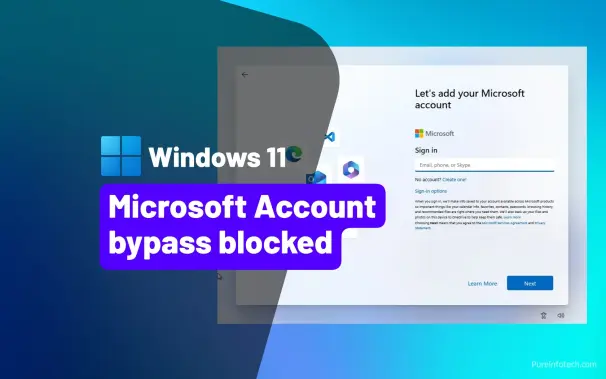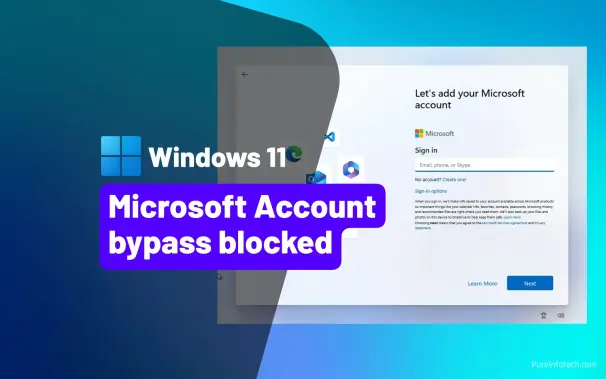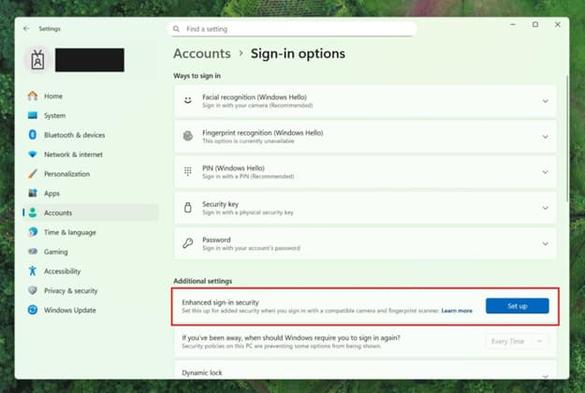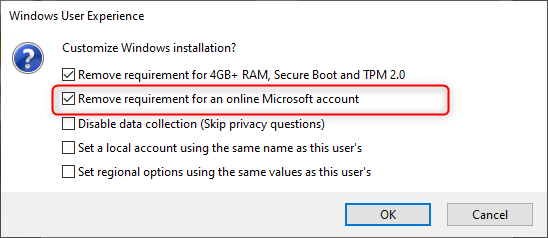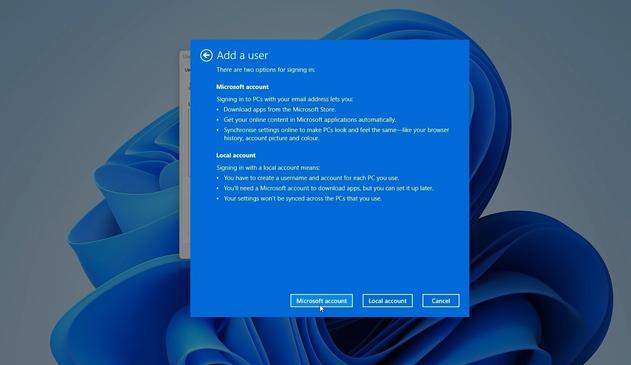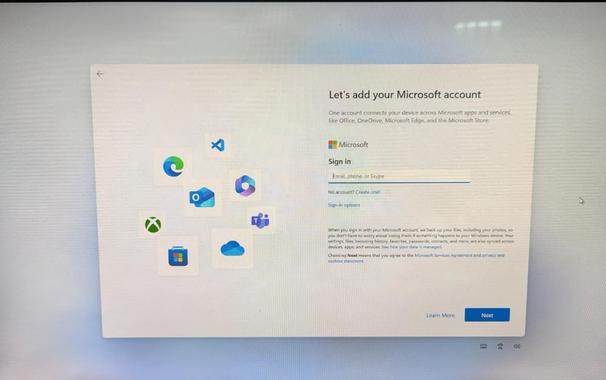Microsoft makes it even harder for users to use local accounts
In the series of non-ending mistakes that Microsoft did since the release of Windows 11, the biggest of them was to try to get people to sign in to their Microsoft account instead of using the local account when first setting up their Windows 11 installation, especially when targeting those who use the Windows 11 Home edition. Since then, Microsoft have been taking efforts to take down known bypass methods to get around the Microsoft Account sign in requirement, such as removing the bypassnro.cmd file from the %WINDIR%\System32\oobe folder, while still allowing the local-only workarounds with start ms-cxh:localonly.
Now, Microsoft continued to play their chess game at doubling down on requiring users to sign in to their Microsoft account by releasing a new Windows 11 Insider version v26120.6772. According to their official blog, Microsoft explained that they’ve removed all known workarounds, because while “these mechanisms were often used to bypass Microsoft account setup, they also inadvertently skip critical setup screens, potentially causing users to exit OOBE with a device that is not fully configured for use. Users will need to complete OOBE with internet and a Microsoft account, to ensure device is setup correctly.”
According to Windows Latest, Microsoft is still testing the requirement, and it might make it to the final Windows 11 ISOs when 2026 starts, which is going to be the worst way to start the new year.
Basically, Microsoft had said “Checkmate” to all users who are planning to using local accounts in new installations, which is disrespectful to users who didn’t want an MSA to sign in to Windows.
We are absolutely not going to sign in to our Microsoft account in all our new Windows 11 installations, especially when dealing with virtual machines, due to our internal requirements we cannot specify. This change doesn’t account for situations where local accounts are necessary, such as temporary virtual machines, test machines, and enterprise-oriented machines. It also doesn’t account for situations where the internet access is limited or nonexistent, such as lab equipment or air gapped systems, or for users who prefer privacy first.
When creating bootable Windows USBs, Rufus already provides an option to remove the requirement for Microsoft Account when setting up your computer. When it’s enabled, it adds the same command to the deployment file.
If Microsoft is to block this method of bypass through the unattended file, it might have a negative impact towards major enterprise infrastructure. Local accounts require no internet connectivity to sign in to Windows, and has been this way since the introduction of Windows NT, while the Microsoft account sign-in to Windows function was added to Windows 8.
If a workaround is found other than the Rufus unattended file workaround, we’ll post it here to continue letting users to make their local account.
#microsoft #MicrosoftAccount #MSA #news #Tech #Technology #update #Windows #Windows11
